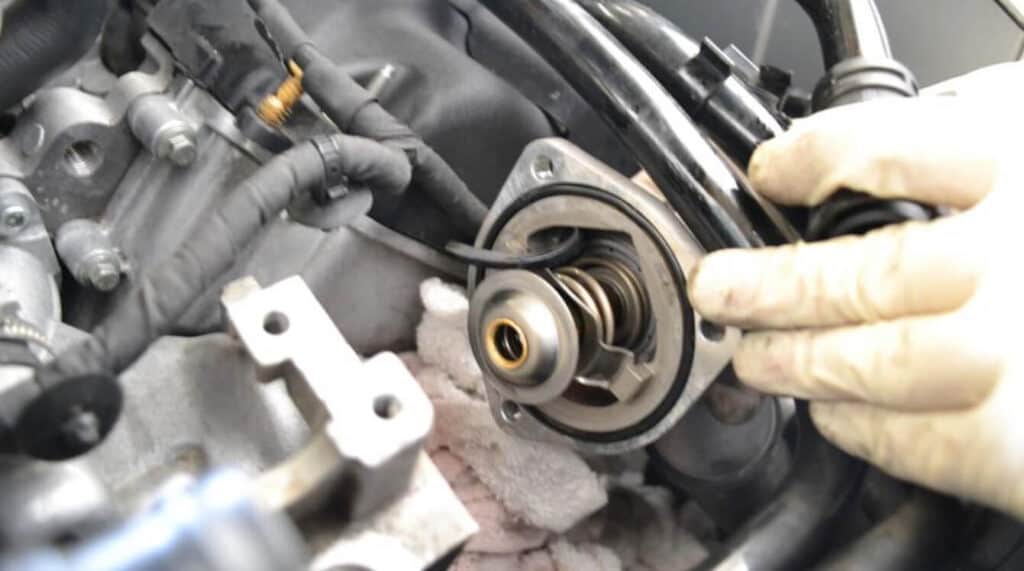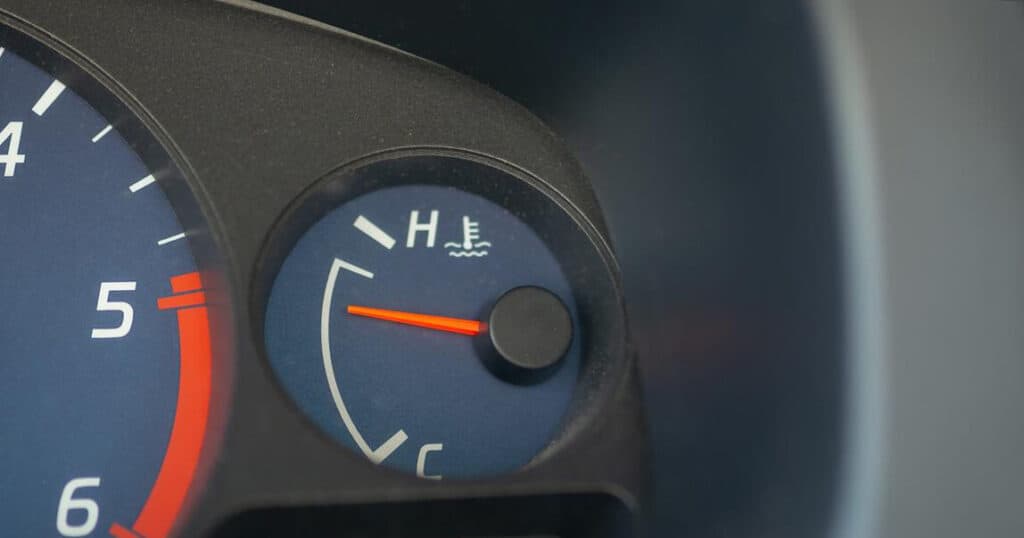The Impact of Extreme Temperatures on Car Thermostats: Understanding the Science
Did you know the weather can affect the longevity of your car’s thermostat? From frigid winters to scorching summers, extreme temperatures can put your vehicle’s thermostat to the test. As a critical component of the cooling system, the thermostat controls the flow of coolant between the engine and the radiator. It operates under a simple mechanism: staying closed until the engine reaches its optimal operating temperature, and then opening to allow coolant to circulate. However, this seemingly simple device can falter under extreme weather conditions.
In freezing temperatures, the thermostat risks becoming stuck in the open position. This could result in the engine running colder than optimal, leading to inefficient fuel consumption and poor vehicle performance. On the other hand, in excessively hot weather, the thermostat could get stuck in the closed position, preventing the coolant from circulating and potentially causing engine overheating.

How to Protect Your Thermostat from Extreme Temperatures: Tips and Best Practices
The good news is that there are several proactive steps you can take to safeguard your car’s thermostat against extreme weather conditions. Firstly, using the right coolant mix is crucial. In colder climates, a higher concentration of antifreeze in the coolant can prevent it from freezing, ensuring that the thermostat functions optimally. In hotter climates, a coolant with a higher water concentration can help dissipate heat faster.
In addition to the coolant mix, regular inspection of the cooling system, including the radiator, hoses, and coolant level, can prevent thermostat-related issues. Moreover, consider investing in a garage or carport if you live in areas with extreme temperatures. Sheltering your vehicle from the elements can help protect the thermostat and other critical engine components.
The Role of Regular Maintenance in Protecting Your Thermostat: What You Can Do to Extend its Lifespan
Regular maintenance is the key to extending the lifespan of your car’s thermostat and preventing serious engine issues. This includes timely replacement of the coolant, as old or contaminated coolant can lead to thermostat malfunction. A professional mechanic can test the thermostat during routine maintenance to ensure it opens and closes at the right temperature. If the thermostat is nearing the end of its typical lifespan—usually around 100,000 kilometers—it might be a good idea to have it replaced as a preventive measure.
Understanding Your Car’s Thermostat and Its Role
The thermostat may be a small component, but it plays a significant role in your car’s performance and longevity. It’s a heat-sensitive device that helps regulate the engine’s temperature to prevent overheating and ensure efficient operation. When functioning correctly, the thermostat promotes fuel efficiency, reduces emission levels, and prolongs the engine’s life. However, a malfunctioning thermostat can lead to engine overheating, poor fuel economy, and other performance issues. Therefore, understanding how it works and recognizing the signs of a faulty thermostat is crucial for every car owner.
Tools and Precautions
Before attempting to test or replace your thermostat, make sure you have the necessary tools. This usually includes a screwdriver, pliers, a wrench, and a new gasket if you’re replacing the thermostat. As for safety precautions, always ensure the engine is cool before starting the process to avoid burns. It’s also advisable to work in a well-ventilated area and use protective gear such as gloves and safety glasses.
Step-by-Step Guide to Testing Your Car’s Thermostat
Testing your car’s thermostat is a straightforward process that can be done in a few simple steps. First, check the coolant level to ensure there’s enough for the engine to reach its operating temperature. Start the engine and let it run until it reaches the normal operating temperature. Feel the upper radiator hose. If the thermostat is working correctly, the hose should be hot, indicating that the coolant is circulating. If the hose is not hot, it could mean the thermostat is stuck in the closed position.

Interpreting the Results and Next Steps
If the upper radiator hose is hot, it indicates that the thermostat is working correctly. If it’s not, it could mean the thermostat is stuck in the closed position, preventing the coolant from circulating. In this case, it’s time to replace the thermostat. While replacing a thermostat is a job some car owners feel comfortable doing, if you’re unsure, it’s always best to consult a professional.
Preventing Thermostat Problems in the Future
To avoid future thermostat issues, make sure to maintain your cooling system properly. This includes regular coolant changes, inspecting the radiator and hoses for leaks or blockages, and replacing the thermostat at the first sign of trouble. Remember, a functioning thermostat is essential for your car’s performance, fuel efficiency, and longevity.
